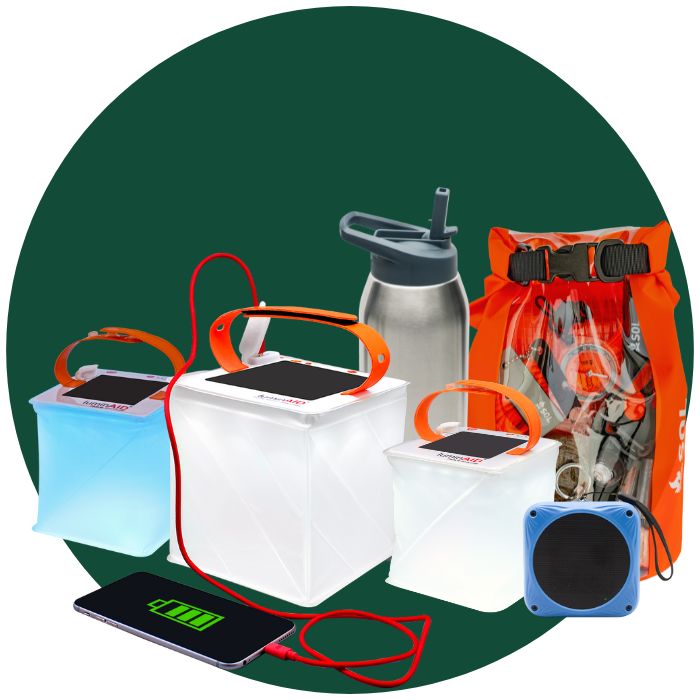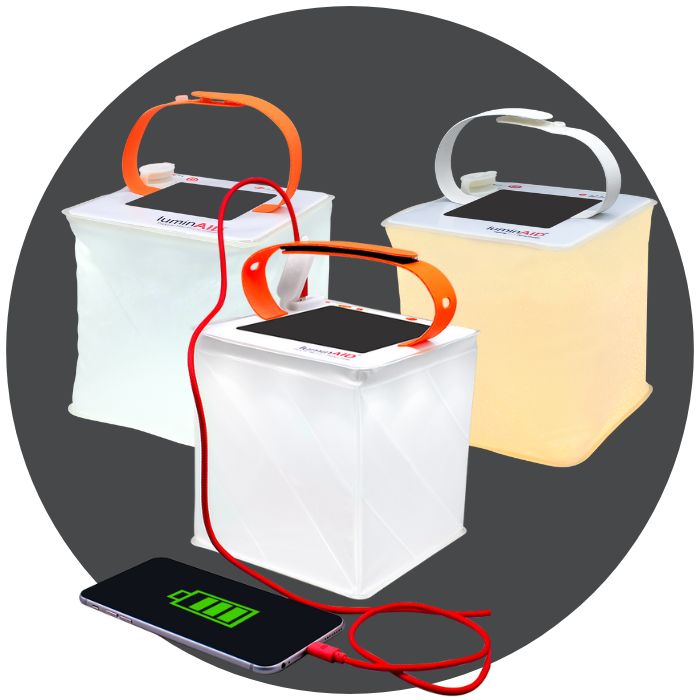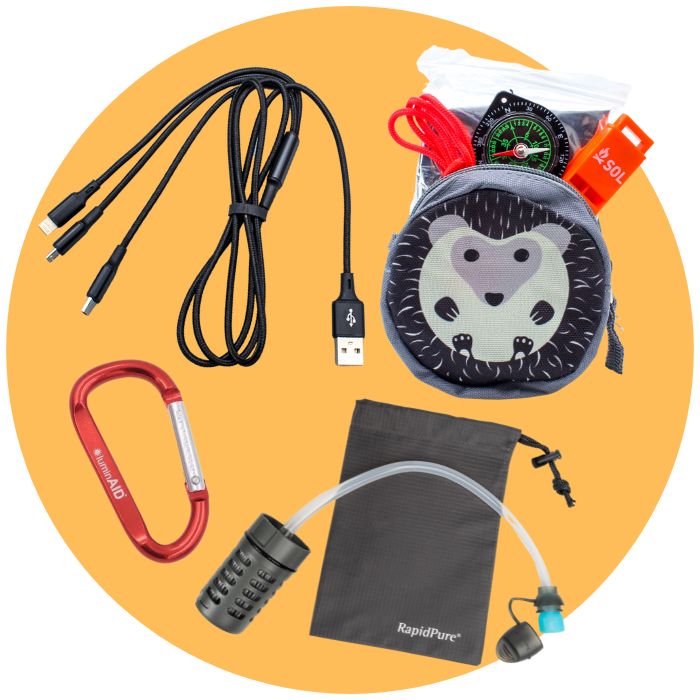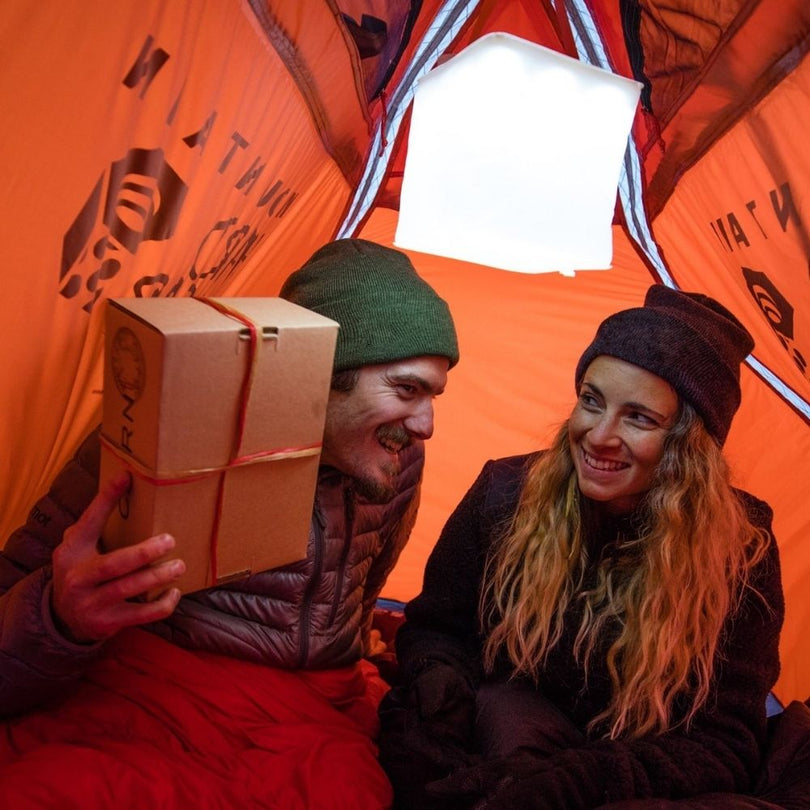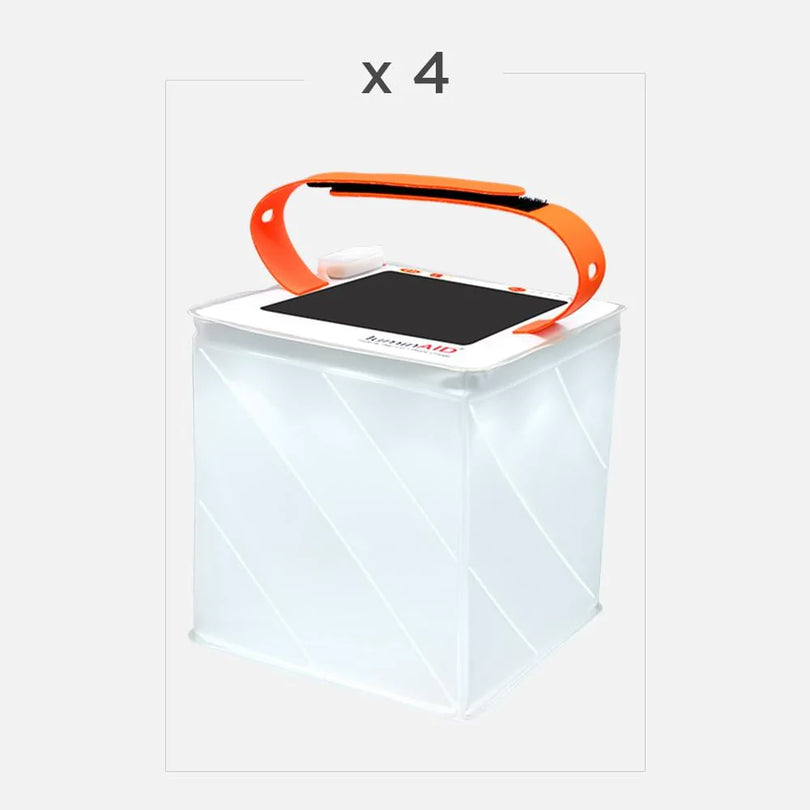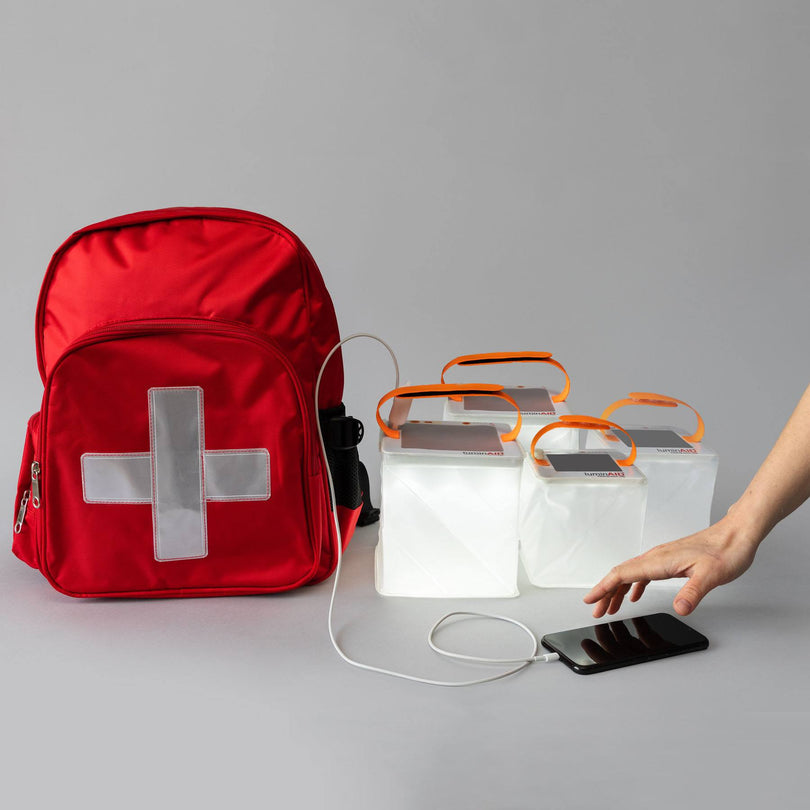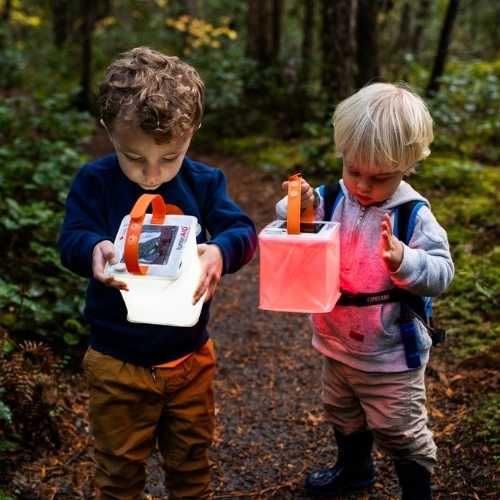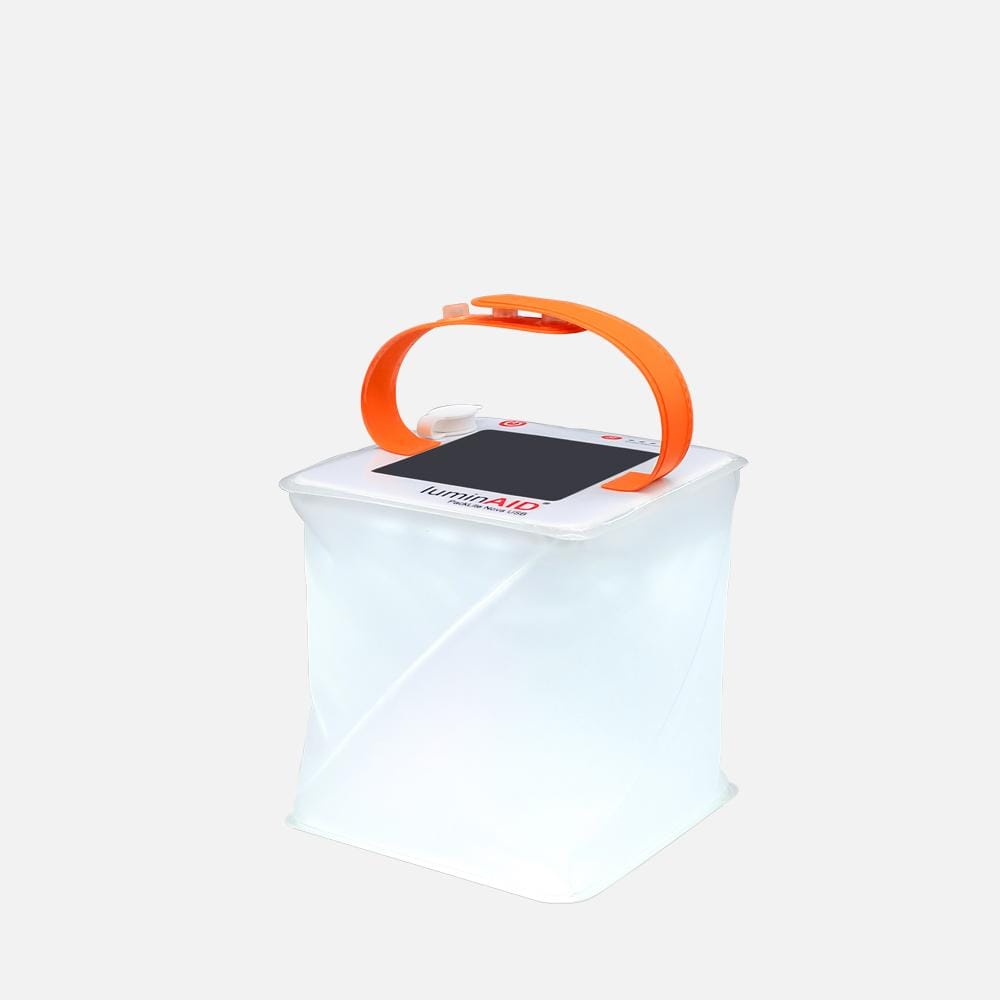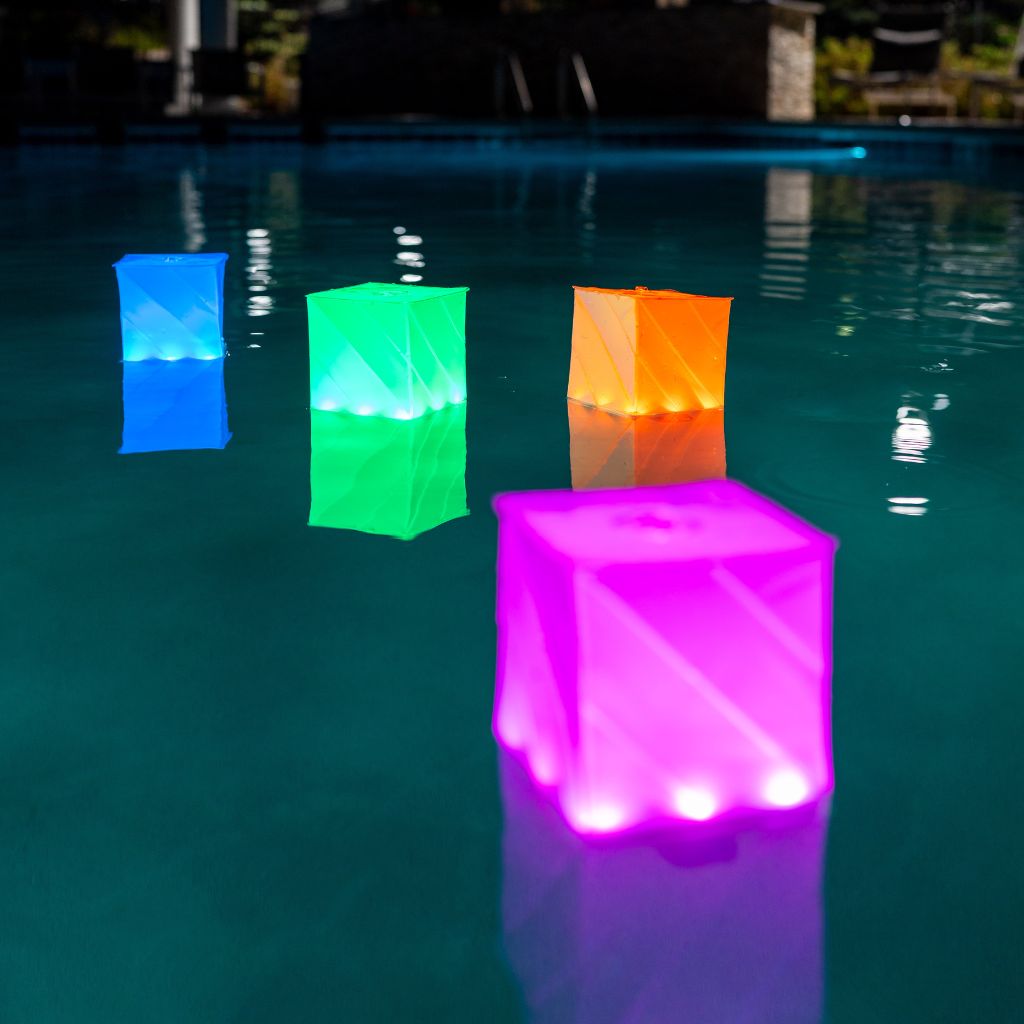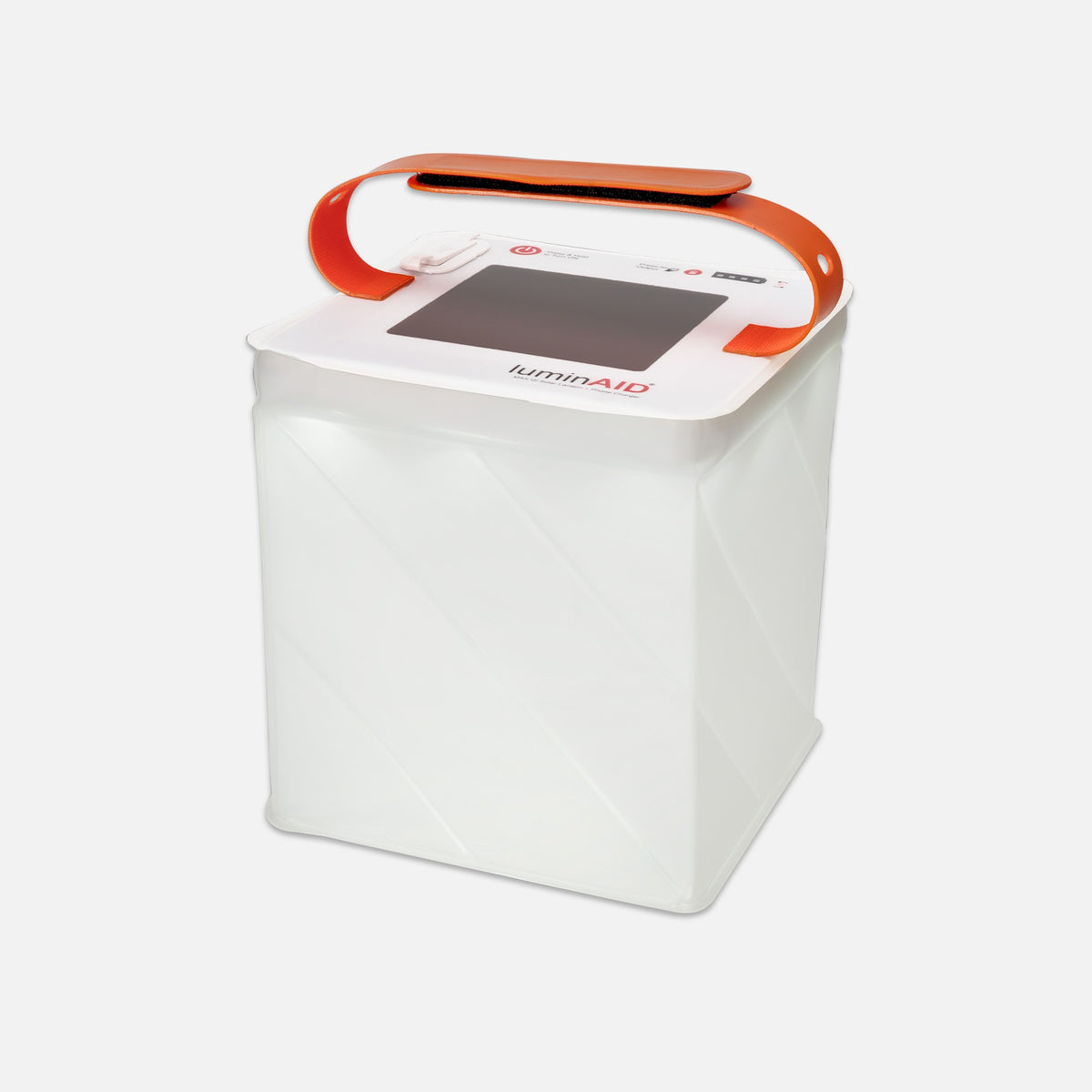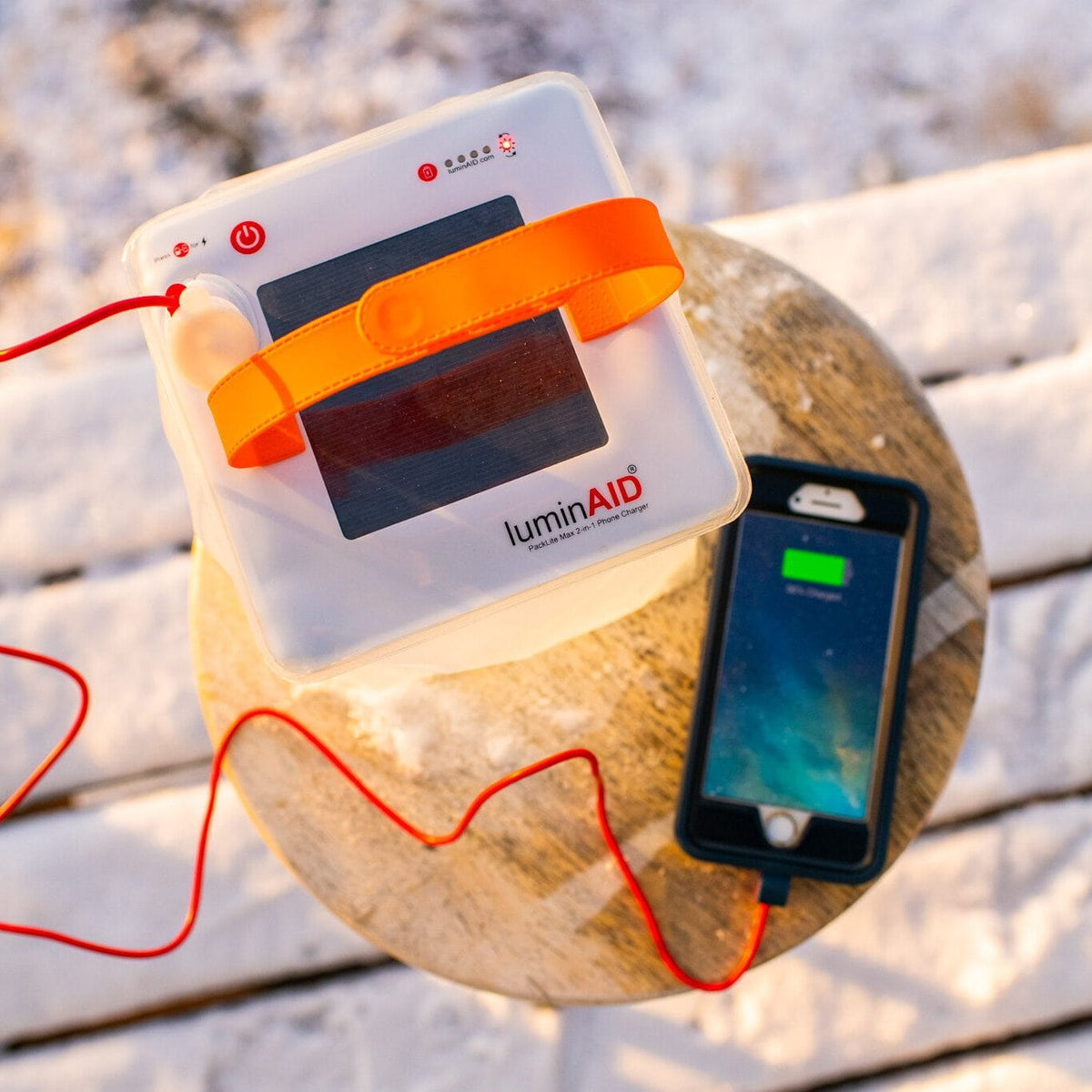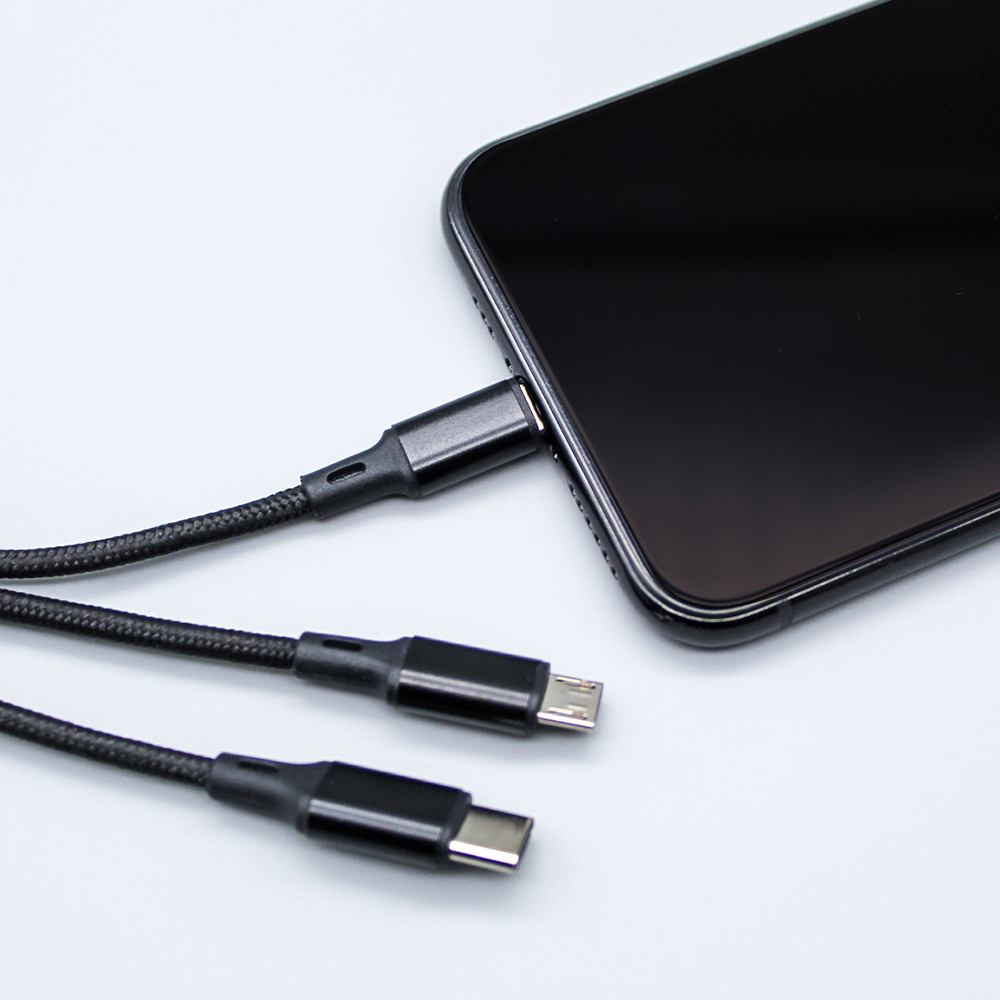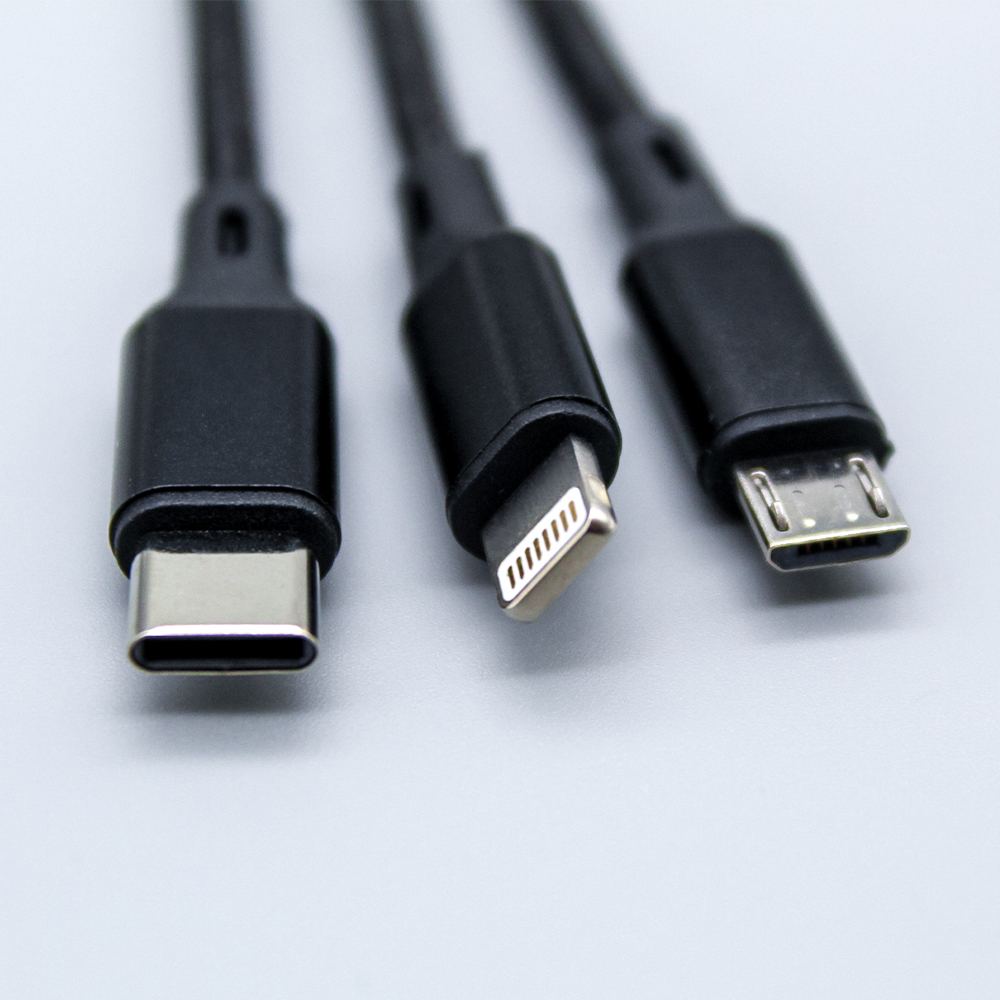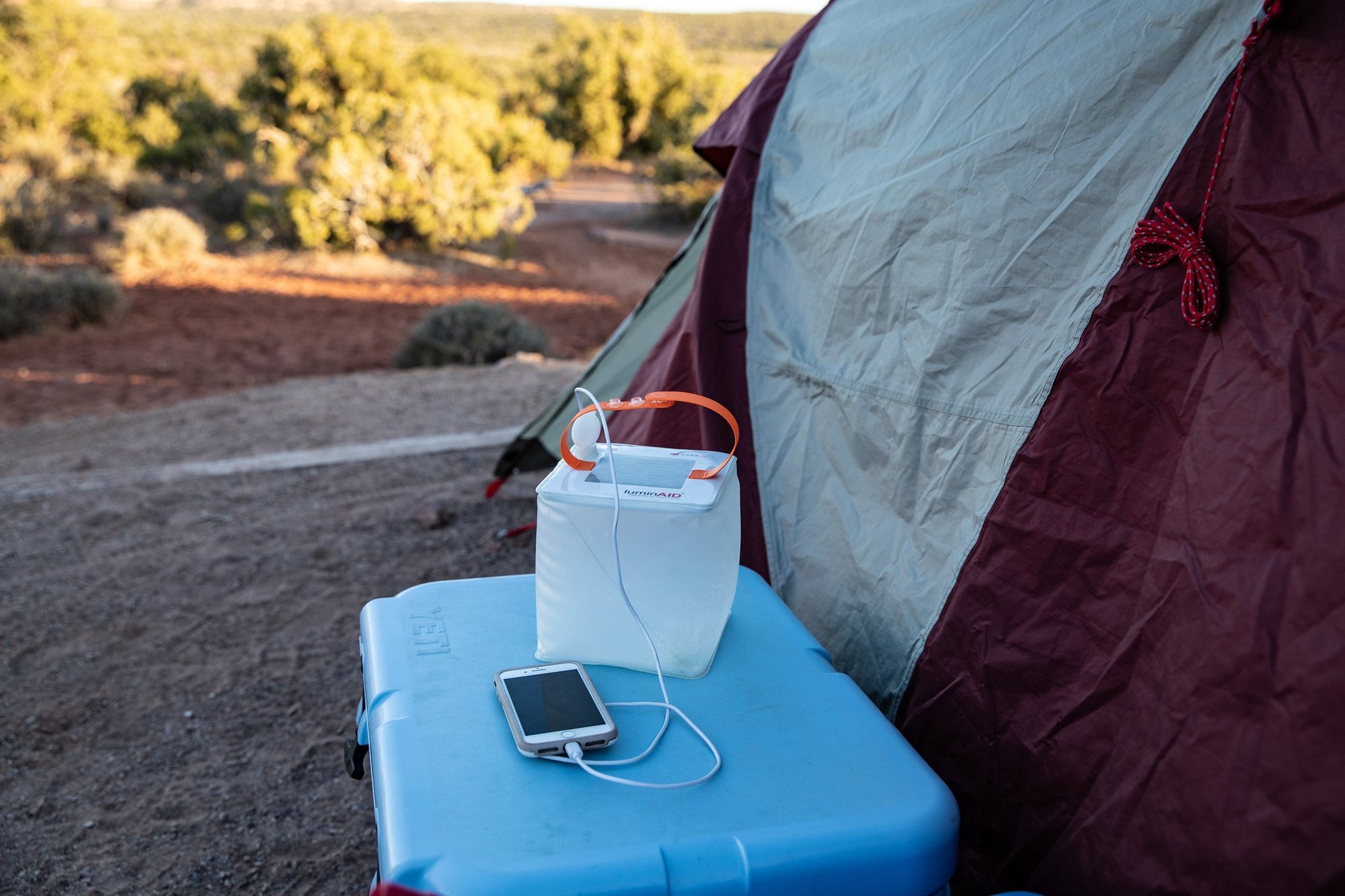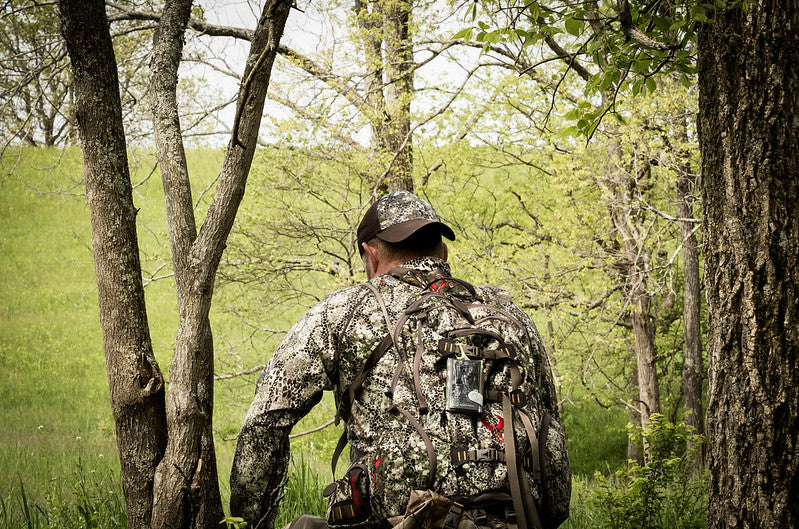Why go tent camping?
Crisp fresh air, breathtaking sunrises, and stargazing are just a few reasons why camping is so great. To improve your outdoor experience, pick up a quality tent to protect you from the elements as you take in nature's beauty. We have you covered with this list of thoroughly selected tips for choosing a tent and essential items for your outdoor adventures.

How to pick a tent for camping
To comfortably camp outdoors, you’ll need a tent. It provides protection from strong winds, cold rain, and hot temperatures; all things a camper needs to be aware of to stay safe and relaxed.
When choosing a tent to rent or buy, there are several things you need to consider beforehand, such as the tent’s weight, material, and size. There are also less-obvious factors, such as ventilation and additional features that the tent provides. Websites that compare tents can be an excellent resource for researching the right fit for you and your needs.
Space needed
The first thing you should consider when buying a tent is making sure it’s the right size and has the space it needs to fit you comfortably. Kampgrounds of America recommends a minimum of 20 square feet per person; however, 30 to 40 square feet will provide you with more space for an air mattress or storage for gear.
Some larger-sized tents also come with a vestibule feature that can be added on, providing extra storage space and the possibility of a “mudroom” for those rainy seasons.
Which season the tent is for
The season also plays an essential role in which tent to purchase: the type of material and build you should look for. Some tents have mesh panels and windows that zip open to provide a cool breeze during the summer months, while others have a reinforced waterproof outer shell to protect against heavy winds and snowfall for winter camping.
Luckily, many tents are rated for multi-seasonal use, which takes much of the guesswork out of your first tent purchase.
Tent weight
Unless you’re planning on car-camping or using a dedicated campsite at a national park, you’ll likely have to hike on a trail with your gear, camping tent included. The material of your tent plays a large role in the weight of your pack, though be sure to research the suitable material for your needs as each has pros and cons.
Another way to reduce the weight of your tent is by choosing a dome-shaped tent since there is less material needed when compared to a cabin-style tent. However, each style has its pros and cons, which we will cover next.
Tent height
Depending on your tent style, you may have more or less room to stand than you were expecting.
While excellent at resisting wind and serving as the lightweight option for backpacking, Dome tents provide less room to stand in. This may be fine for solo campers; however, a cabin-style tent may be a better option for those looking for a family-friendly option.
For those with mobility issues, tent height may be essential when choosing a tent.
Tent floor size
A great way to increase the durability and comfort of your tent is to consider choosing the right thickness for your tent floor, which can protect against rips, mold, water damage, and other irreparable damages. While some tents have a thicker floor material straight out of the box, they often come at a premium price. However, it is possible to purchase a tent footprint, also known as a "groundsheet," that sits under your tent and is made of nylon and other durable materials.
Tent wall
Another option to consider when deciding on a tent is if you want a single or double-wall design. Single-wall designs are great for beginner hikers looking for a cheaper, lightweight option with an easy-to-construct design. However, double wall tents are recommended for wet seasons as their outer shell, called the “fly,” provides more protection against rain, condensation, and unpredictable weather. They are also often more expensive than single-wall tents, which can be a barrier to entry for beginner campers.
Resistance
Tents are inherently designed to withstand outdoor conditions such as wind and rain. Still, there are steps you can take to improve its effectiveness. When staking your tent into the ground, make sure the pegs are secured adequately at a 45-degree angle away from the tent, or else you may find your tent gone with the wind.
Using natural structures to protect you from the elements is also a great idea; just be sure to research what is safe and what is not. You can improve the longevity of your tent and its waterproofing capabilities by sealing the seams and applying a fresh coat of water-repellent product. This is a simple way to ensure your tent is adventure ready for your next trip.
Price
The price of a tent can be uninviting for new campers purchasing their first tent, and for advanced campers looking to upgrade. However, a good tent doesn't have to be expensive. Coleman and REI offer great tents at an affordable price, and many places provide camping gear rentals if you need more time to invest in your own.
What to pack for tent camping
One of the great things about camping is that you learn to enjoy the outdoors with minimal resources. Nonetheless, forgetting an essential item can quickly ruin a camping trip. Luckily, we’ve got you covered on a list of essential items to bring to make you a happy camper.
Tent
Now that you know the importance of a tent and how to choose the right fit for your needs, make sure you bring it with you and make the most out of it.

Sleeping bag and air mattress
Nothing can ruin a good night’s sleep like cold hard ground. Thankfully, this is easily remedied with a sleeping bag. Temperatures can drop quickly at night, no matter the season, especially at higher altitudes. Ideally, you should look for a well-insulated sleeping bag that can withstand freezing temperatures, even if you don’t plan on camping in the winter.
Although well-insulated and water-resistant sleeping bags can be costly, it is a long-term investment that will keep you safe and comfortable for many trips to come.
If you have room to spare in your rent, consider taking your comfort to the next level with an air mattress or sleeping pad. They are light and compact enough to carry with your gear and make your nights outdoors just a bit more restful.
Pillow
Pillows may not be the first thing that comes to mind when you think about “essential items” to bring. Still, they really are important to have a comfortable and enjoyable experience. Makeshift pillows are great in a pinch but bear in mind that they won’t be as comfortable as one from home or, better yet, an inflatable pillow.

Lantern
Having a reliable source of light when the sun sets is vital for your safety and comfort. Headlamps are a helpful tool when your hands are full. Still, another great option is a lantern that can illuminate a larger area, such as a picnic table for an early-morning breakfast or late-night dinner. LuminAID's lanterns are great for any adventure as they're lightweight, collapsable to conserve space, waterproof, and solar-charged! LuminAID's power lanterns offer up to 100 hours of light and a 4000mAh battery to charge your devices. Still trying to decide which one to get? Compare the different LuminAID lanterns to choose the right fit for your need.

Tarp
A tarp can be one of the best multi-use tools in your pack, and you’ll be grateful to have one, no matter the season. Tarps can protect against rain, sun, wind, or rough terrain if used as a footprint for your tent. In an emergency, they also make a terrific makeshift tent. Even better, tarps are inexpensive and durable while still being lightweight enough to carry 2 - one to protect your tent and another to keep, just in case.
Camping kitchenware
Choosing the right location and setting up camp can build quite the appetite. Luckily with the right camping kitchenware, cooking a meal can be quick and easy. Cookset bundles are a great way to get the pots and pans you need while saving money, but don’t forget the can opener, cups, and utensils!
Campfire grills are helpful if you plan on cooking over an open fire; however, since that is not always possible, it’s recommended to pack a portable gas stove. Be sure to follow the manufacturer’s instructions for packing the stoves and propane gas, as incorrect handling can pose a fire risk.
Personal hygiene items
Although access to bathing facilities may be limited, it doesn’t have to restrict your access to hygiene. Dry shampoo and bathing wipes offer a chance to stay fresh and clean without needing a shower. It is also essential to bring protection against outdoor elements, such as sunscreen, to prevent sunburns. Insect repellent and topical antihistamine medications are excellent in case of bed bugs, such as Natrapel, or After Bite, to ensure you’re camping safely and comfortably no matter what nature throws your way.
First aid kit
Nobody wants to get hurt on an adventure, but sometimes you can’t help but get a few minor scrapes and bruises along the way, and you’ll be glad you had a first aid kit on hand, especially if you’re camping with kids.

Garbage bags
Remember to bring plenty of garbage bags for your trip to properly dispose of any trash you may have. This protects you from attracting animals to your campsite and keeps the environment clean and safe.
Garbage bags can also be an excellent tool for protecting your gear from the rain in an emergency. Just put your things in a garbage bag and watch it stay dry.
Other items
Lastly, just a few more items are left to pack before you’re ready for your adventure. First, a Swiss Army knife or other multi-tool is great for saving you time and money since you have most of the tools you’ll need all in one place, and it fits easily into any pack.
Hopefully, you won’t have to use a whistle, but it’s recommended that you keep one on you just in case you need to call for rescue. They’re a cheap and effective way to signal for help without needing a radio or phone.
Duct tape has a reputation for being a quick-fix solution in a pinch, and for a good reason. Duct tape is great for temporarily patching tears in your tent or gear pack, sealing food packages, covering blisters, and more.
Despite best efforts, keeping sand and dirt out of your tent can be difficult. A mini broom and dustpan is an easy remedy without taking up much space in your pack.
Some campsites don’t allow open fires; however, bring a fire starter kit to start your next campfire for locations that do. Just be sure to follow all campground regulations and campfire safety rules.
How to make tent camping comfortable
Now that you know how to choose the perfect tent and pack the camping essentials, it’s time to learn how to make the most of your experience. Read campsite reviews to find the best location for your adventure, as some may have more amenities or trails than others.
Utilize all the sleeping accessories mentioned previously, and bring a pair of earplugs and eye covers if you think you’ll need a little extra help falling asleep. Stick to the usual bedtime routine you have at home, especially with young children, as this can foster a feeling of normalcy in a new environment and allow them to sleep more soundly. Spending a few nights outdoors is a great way to reset your natural circadian rhythm, so do your best to reap the benefits.
Keep food stored away correctly outside of the tent to prevent insects and wildlife from entering, especially while you're sleeping.
Finally, be sure to have a good light source available at your campsite in case of late-night bathroom runs or nighttime reading.
How to keep food cold while tent camping
Keeping perishable foods at the right temperature is essential for food safety. Luckily, there are several tips to help keep your food colder for longer.
Freeze food before leaving
Preparing and freezing your food allows it to stay cold for long periods in a cooler, especially when there is ice. As an added bonus, frozen food can act like an ice pack and help keep other perishables cold, which brings us to our next tip.
Use ice packs
Ice packs are great for storing in a cooler or bag and keep things cold. You can use refillable ice packs, gel packs, or instant ice packs; however, consider using a frozen water bottle or jug, which will stay colder for longer than a small ice pack and will give you fresh water to drink as it thaws.
Pre-chill your cooler
Pre-chilling your cooler allows your food to stay colder by lowering its temperature before filling it with perishable goods. This means it doesn't use the cooler's contents to cool down, which could cause your ice and food to thaw faster. To pre-chill your cooler, bring it inside for 12 to 24 hours before your trip, fill it with a bag of ice, and let it sit with the lid closed. It's as easy as that!
Don’t open the cooler too often
Much like how a fridge needs to stay closed during a power outage to stay cold, a cooler needs to remain closed to keep its contents at proper temperatures. The more you open a cooler, the more opportunity there is for cold air to escape. Plan everything you need before opening a cooler to maximize its efficiency.
Keep the cooler in the shade
Keeping the cooler in a shaded area is especially important during warmer seasons as the sun can quickly heat up the cooler, running the risk of everything inside thawing out too quickly.
How to stay warm when tent camping
The following tips are essential for regions that experience large temperature drops at night, such as higher altitudes, and for winter seasons.
Set up the tent right
If your tent is rated for multi-seasonal use, then be sure to set up the tent as the instructions say to do. This could mean positioning the fly canopy correctly to create an insulating layer of warm air between the tent and the fly and choosing the right location to minimize wind exposure.
Dress up for the season
Wool socks, fleece jackets, waterproof pants, and good base and mid-layers are essential to camping comfortably during cold weather. You'll be exposed to the outdoor elements more than you may be used to, so be sure to bring appropriate attire and some extra layers, just in case.

Use appropriate sleeping accessories
Staying warm while you sleep is vital for your comfort and safety. Bring an insulated sleeping pad to create a distance between you and the cold floor or a warm water bottle to place in your sleeping bag to help keep you warm.
Change night clothes
Similar to how you would change into pajamas at home, bring some warm and comfortable night clothes to wear to bed. Long underwear and thermal shirts are a great base layer to keep you insulated, followed by another layer of looser-fitting clothing for extra warmth. Remember to wear wool socks and a hat too!
Insulate the tent
Sometimes, a tent's natural insulation isn't enough to stay warm on its own; luckily, there are ways to remedy this. If you have the option, opt-in for the smallest tent that fits your needs since it's easier to warm a smaller area. Make sure to properly insulate the bottom of the tent by using a tent footprint, blanket, or anything else you may have to keep the tent floor warm. Use a spare tarp to help block any wind, and set up a rainfly if your tent comes with one. Fastening a reflective blanket on the top of your tent to prevent warm air from escaping is also a great winter camping hack.
How to stay cool when tent camping
Now that you know how to stay warm when camping, here are some tips on staying cool in warmer regions or seasons during the year.
Set up the tent in the shade
Using nature to your advantage is one of the quickest and easiest ways to stay cool while camping. Find a well-shaded area to protect yourself and your tent from the sun's heat. However, do not camp directly under trees or cliffs, as falling branches and rocks are dangerous.
Use a reflective cover on the tent
Reflective blankets are great for keeping you warm in the winter, but they’re also great at reflecting the sun’s heat away from your tent. Simply fasten the reflective cover onto the top of your tent and enjoy the cooler temperatures.
Get a portable fan
Many portable fans are rechargeable or can be powered by external batteries, allowing you to bring one with you to keep inside your tent for those warm nights.
Remove the rainfly
If the weather does not call for rain, consider removing your rainfly. This allows excess heat and moisture to escape the tent, keeping you and your camping party cool.
Sleep in wet cotton clothes
Although it sounds like an unconventional way to beat the heat, the Utah Division of Emergency Management recommends sleeping in damp clothes to stay cool as you sleep. Additionally, putting wet covers over your tent windows can help create an evaporative cooling environment inside the tent.
How to clean a tent after camping
Cleaning a tent after a camping trip keeps it looking fresh for many adventures to come and keeps it working in optimal condition. However, be sure to clean it properly, or you risk causing more damage. Household cleaners can potentially strip the tent material of its water-resistant characteristics or cause tears in the fabric. Use non-abrasive sponges and mild, fragrance-free, naturally derived soap such as Nikwax to ensure you do not cause damage to the tent material.
To wash your tent, spot-clean any stains or extra dirty areas to ensure it is given proper attention. Be sure to scrub gently to avoid damaging the material, and be extra cautious of coated areas. To clean sticky zippers, use a toothbrush to clean out all the teeth of dirt and residue. Then, fill a tub with cold to lukewarm water and soap, and allow your tent to sit in the soapy water inside-out (read the instructions on the soap bottle to know how long to let the tent soak). Drain and refill the tub with fresh water several times to rinse thoroughly until the water remains clear. Then, allow your tent to dry in a cool, shaded area.
Wipe down dirty poles with a clean rag, and consider refreshing the tent with a new waterproof coating every few washes.
Summary
Tent camping is a great way to experience and connect with nature without breaking the bank. As long as you have the proper minimal equipment to protect you from the elements, you can have a comfortable outdoor experience that you'll never forget. Now that you have all the tools and information you need to conquer your next adventure, go out there, and explore the world.

